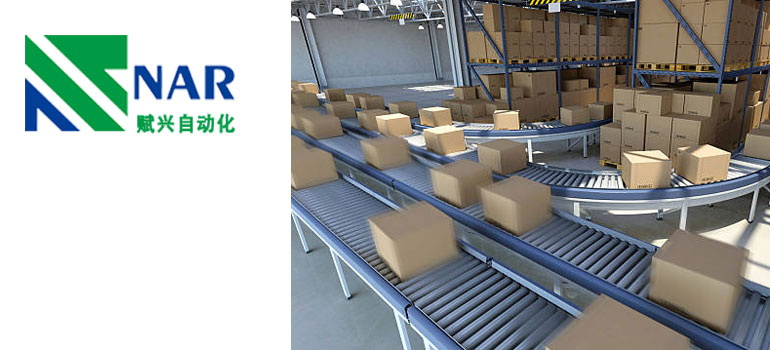Summary:
Everything You Need to Know About DWS Machine?
What is conveyor drive?
3 types of conveyor belt drive
How to select the Belt driven conveyor systems?
The driving device of belt conveyor is the driving part of the whole conveyor. Two motors transfer the torque to two driving rollers respectively through hydraulic couplings and reducers (two gears can also be used to drive in series). When gear transmission is used, remove a group of motors, hydraulic couplings and reducers.
What is conveyor drive?
Conveyor drive is the power transmission mechanism of belt conveyor. It is generally composed of motor, coupling, brake, reducer and drive drum.
The driving device transmits the power of the motor to the conveyor belt and drives it to move.
- Motor: The motor used by the conveyor is slightly different in different situations. When hydraulic coupler is used, motor with high lifting power is not required. As long as it is properly matched with the coupler, the starting torque close to the maximum torque of the motor can be obtained.
- Coupling: hydraulic coupling, gear coupling or cross slide coupling shall be adopted according to the transmission and structural requirements.
- Reducer: reducer for belt conveyor, including cylindrical gear reducer and cone cylindrical gear reducer. The transmission efficiency of cylindrical gear reducer is high, but it requires the motor shaft to be parallel to the conveyor shaft, and the driving device occupies a large area, which is suitable for ground driving;
- Drive roller: the drive roller is a part that drives the conveyor by the friction between it and the conveyor. The maximum friction force between the conveyor belt and the drum increases with the increase of friction coefficient and enclosure angle.
3 types of conveyor belt drive
According to different service conditions and working requirements, the conveyor belt drive is divided into end drive conveyor, center drive conveyor and internal drive conveyor.
End drive conveyor
The end drive conveyor means that the drive component is located at one end of the conveyor and runs with the power provided by the motor. In order to facilitate the belt or chain pulling through the pulley, the driver is installed at the discharge end. The position of the driver can be designed according to the actual situation, or the driver can be installed at the feed inlet.
Center drive conveyor
The central drive conveyor is the one where the drive is mounted in the center of the conveyor frame. Depending on a certain situation, it can be installed at any position of the conveyor frame. Usually, there are space limitations at both ends, and the end drive cannot be used. It is mainly installed under the conveyor. However, the motor will not be combined with the pulley at the end of the conveyor. The central drive usually consists of three rollers, including drive rollers and two return rollers, not a single roller used in the end drive.
Internal drive conveyor
Exciting pulley of internal drive conveyor at the end or center of KOYI bathroom. Its drive pulley and motor are integrated, and its motor is installed inside the pulley.
How to select the Belt driven conveyor systems ?
Three factors can be considered when selecting conveyor drive:
Conveyor type: conveyor type is the most important factor, and different conveyors are applicable to different types of drive types.
Power requirements and space limitations are limiting factors for the type of drive that can be used.
If there is no space to install a motor at the discharge port of the conveyor and the application cannot place it at the feed port, a central drive or an internal drive is required. However, returning to the belt type may affect this decision, and the type of drive available may affect this.

